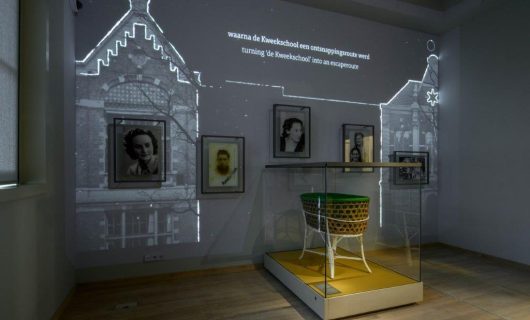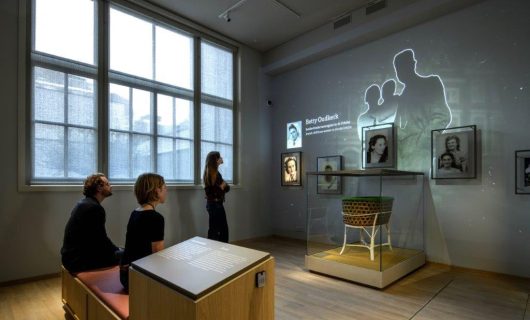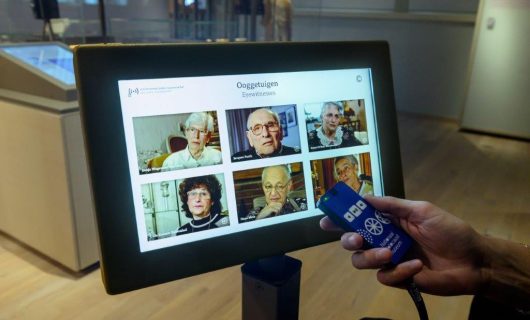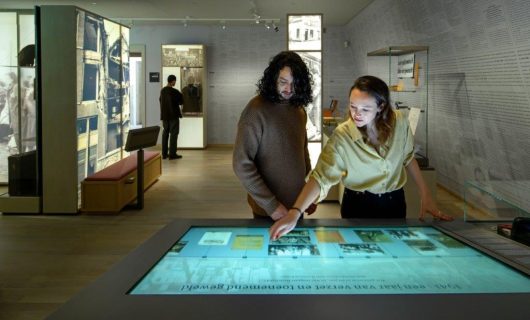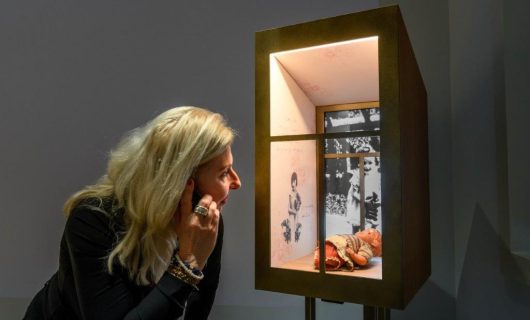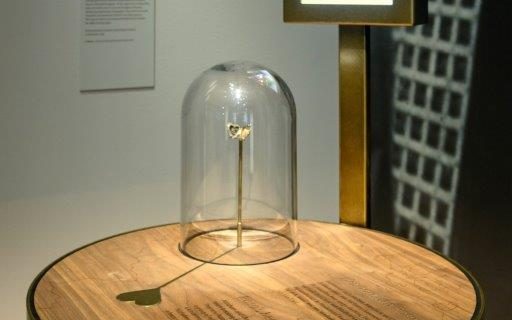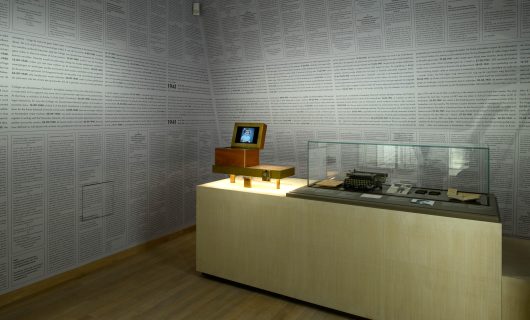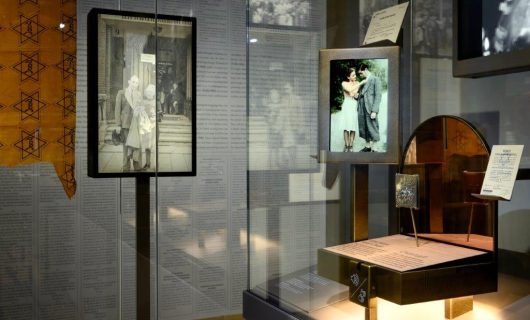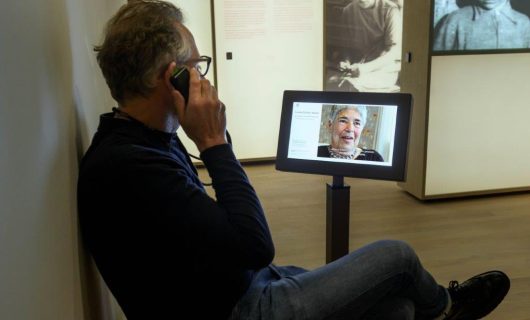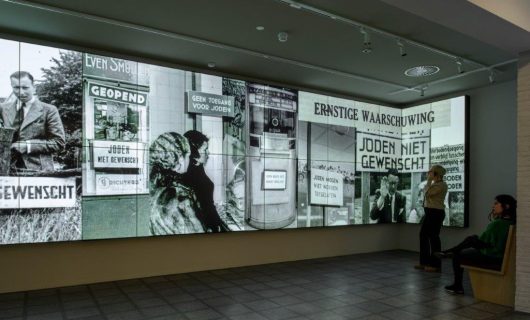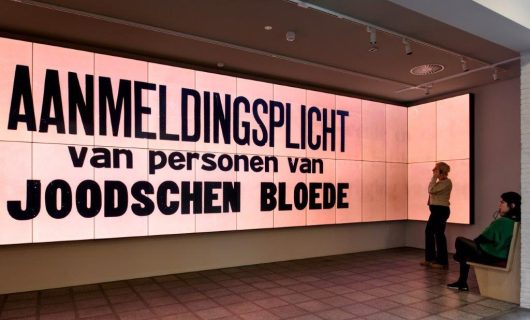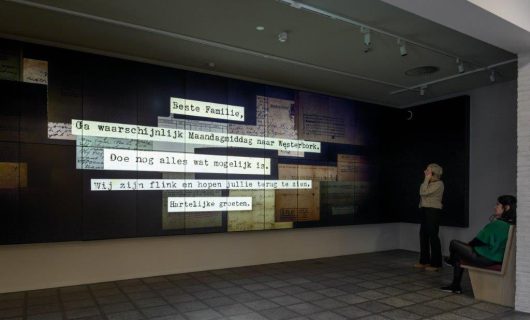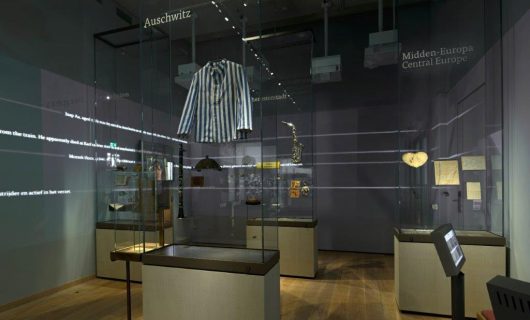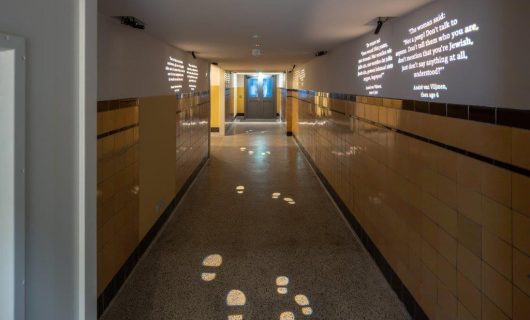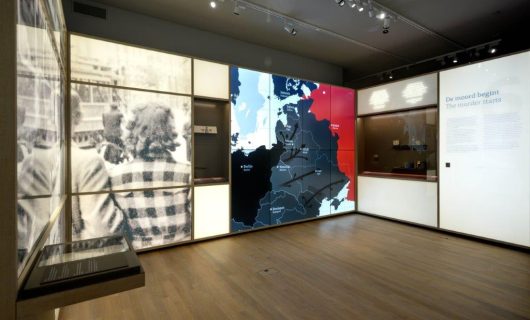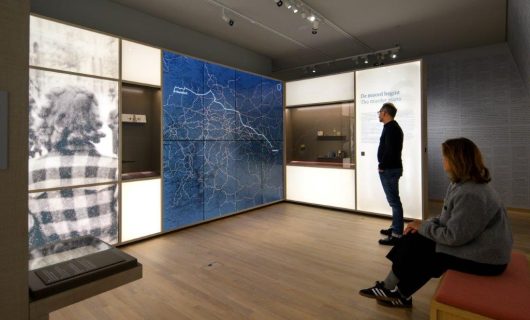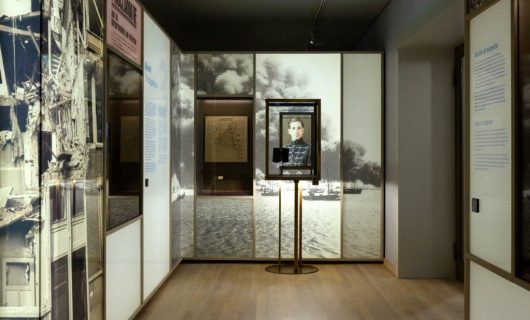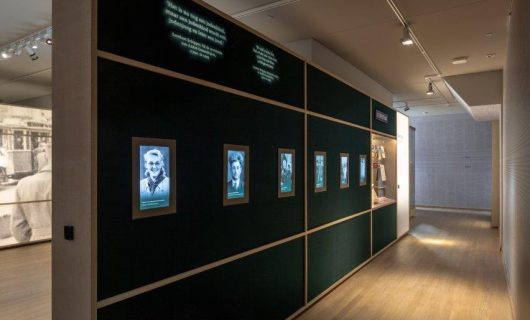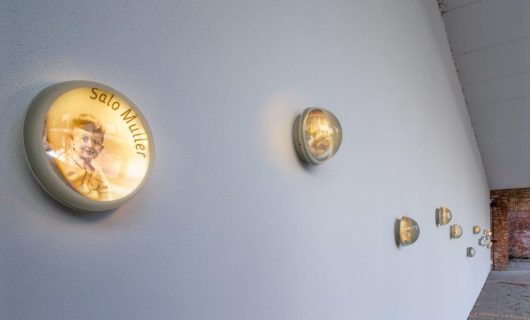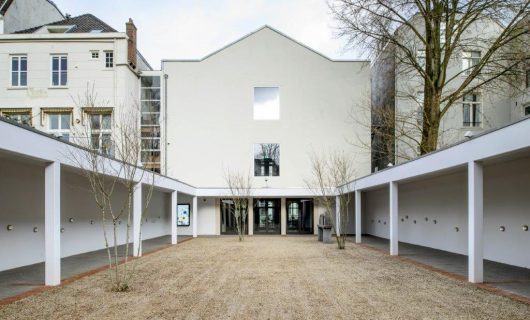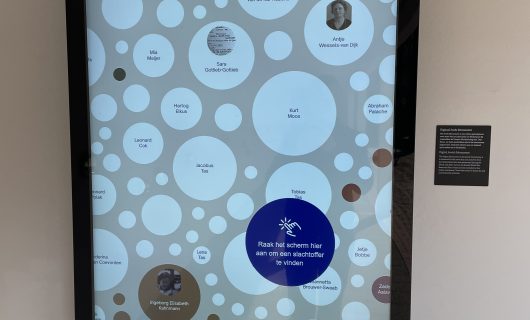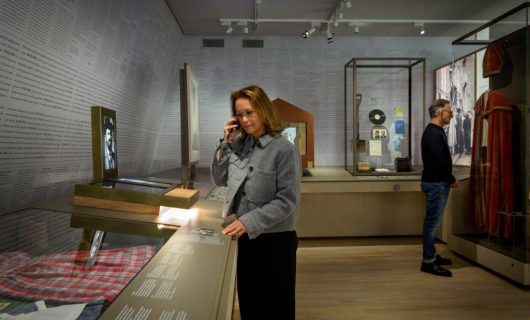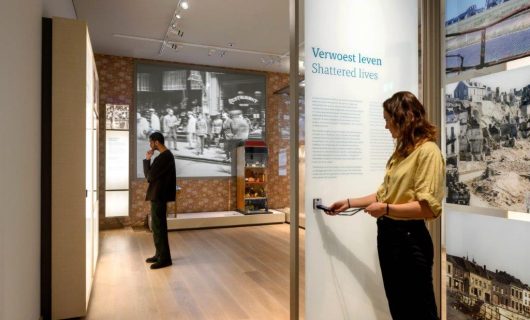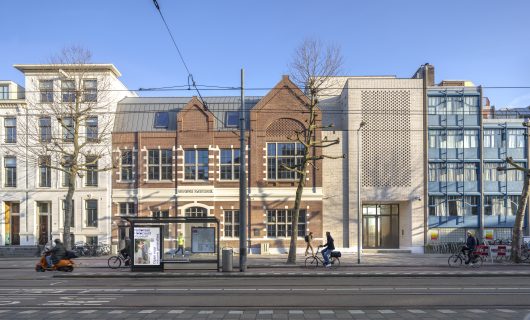The National Holocaust Museum in Amsterdam is a monument that keeps alive the memory and understanding of the dark period of Jewish persecution during World War II. Located in the former teacher training college on Amsterdam’s Plantage Middenlaan, this museum is a milestone as the first in the Netherlands to illuminate the complete history of the Holocaust. The museum houses a rich collection of approximately 2,500 objects, including very infrequently photos, films, sound recordings, and documents, sourced from various museum collections worldwide.
Ata Tech was responsible for the complete installation of the entire AV, exhibit, and showcase lighting in the museum. By integrating modern technologies such as the Guide ID, visitors are carefully guided through the various stages of the exhibition. By scanning beacons, visitors can listen to personal stories of survivors and victims and experience the interactive content linked to specific exhibition items within the museum.
Inspired by a cardboard frame with three passport photos of anonymous victims and the plea ‘Don’t forget us!’, nineteen beautifully designed ‘Forget-me-nots’ showcases are equipped with displays showing images or videos, and lighting at the bottom that softly illuminates when a visitor approaches. In this way, portraits are illuminated with personal items, photos, short texts, and audio fragments.
Visitors to the museum are immersed in an immersive soundscape that enhances the experience. Strategically placed displays show films, while various interactive touch screens allow visitors to navigate through a database.
The ‘Witness Benches’, scattered throughout the museum, offer visitors a unique opportunity to listen to engaging stories as ‘witnesses’. Via rotatable touch screens with integrated media players, visitors can delve into personal stories and experiences. A remarkable feature of this setup is the use of Power over Ethernet (PoE) technology, where both the network connection and power supply are provided through just one cable.
Impressive projections are used in the museum to visualize history in a lively manner. The ‘Lifeline‘ utilizes six projectors to create an extensive timeline projecting the entire history. This installation is carefully concealed in a custom housing, keeping all technology discreetly out of sight. In ‘Classroom 1‘, the film is projected and enhanced with lighting on portraits at specific moments in the film. The five portraits, each with their own unique story, are illuminated in an engaging manner using Casambi spots controlled from the central show control.The ‘Escape corridor‘ evokes a meaningful atmosphere through quotations projected on the walls using DMX-controlled Gobos and supported by a soundscape. Footsteps are gradually projected on the floor, leading visitors step by step through the emotional story.
One of the most impressive installations is the ‘Immersive Introduction’ in the Hollandse Schouwburg, spanning 270 degrees and nearly 12 meters wide. This installation consists of no less than 32 pieces of 55” video wall displays and 9 media players, providing an immersive experience. The immersive introduction offers a dynamic panoramic introduction to what the Shoah was and what happened during those years. The other Video Wall in the Kweekschool consists of 8 screens, powered by 2 media players. Thanks to a push-to-open system, the screens are easily accessible for maintenance and adjustments. The story behind the exhibited items can be heard via Guide ID, with the audio precisely synchronized with the image. All screens are network-controlled, allowing precise monitoring of the entire installation.
Ata Tech provided showcase lighting throughout the museum using PLE magnet LED zoom spots and P13 linear lighting and COB LED lighting. In addition, the photo walls in the museum are equipped with PLE LED backlights, subtly illuminating each photo and preserving its impact. A focal point in the museum is the often vulnerable 50-lux light-sensitive collection, which is set to the correct light intensity using PLE dimmers. The carefully installed lighting contributes to the overall atmosphere and presentation of the exhibitions.
The renovated Hollandse Schouwburg, located across the street, is closely connected to the National Holocaust Museum. Thanks to seamless integration between the building management system and show control, the audiovisual systems and lighting of both locations can be controlled. This advanced system, integrated with the KNX system, ensures a coordinated and harmonious museum experience between the two buildings.
Along the outer walls of the Hollandse Schouwburg, glass drops illuminated with custom LED lighting shine, displaying portrait photos in an impressive manner. These fixtures are housed in waterproof enclosures and serve as a tribute to victims and survivors of the Holocaust. Visitors can listen to fragments of their stories and experiences via Guide ID. Each fixture is individually controlled via DMX, providing precise control over the lighting so that it changes intensity in a smooth motion. The 65” portrait outdoor touchscreen contains the names of all known Dutch victims and collects available data about them, allowing visitors to learn more about the person behind the portrait.
The National Holocaust Museum in Amsterdam is not only a memorial to the victims of the Holocaust but also a source of knowledge and understanding for future generations. Ata Tech is proud to be a partner in this important work of remembrance, understanding, and education.
• Location: Amsterdam • Client: Jewish Cultural Quarter • Photography: Mike Bink and Thijs Wolzak • Designer: Studio Louter & Opera Amsterdam • Exhibit Builder: Bruns • Content: Shosho • Lighting Design: BeersNielsen • AV, exhibit- and showcase lighting: Ata Tech





